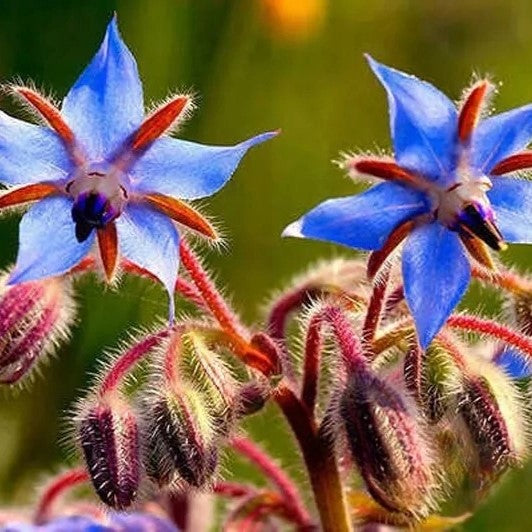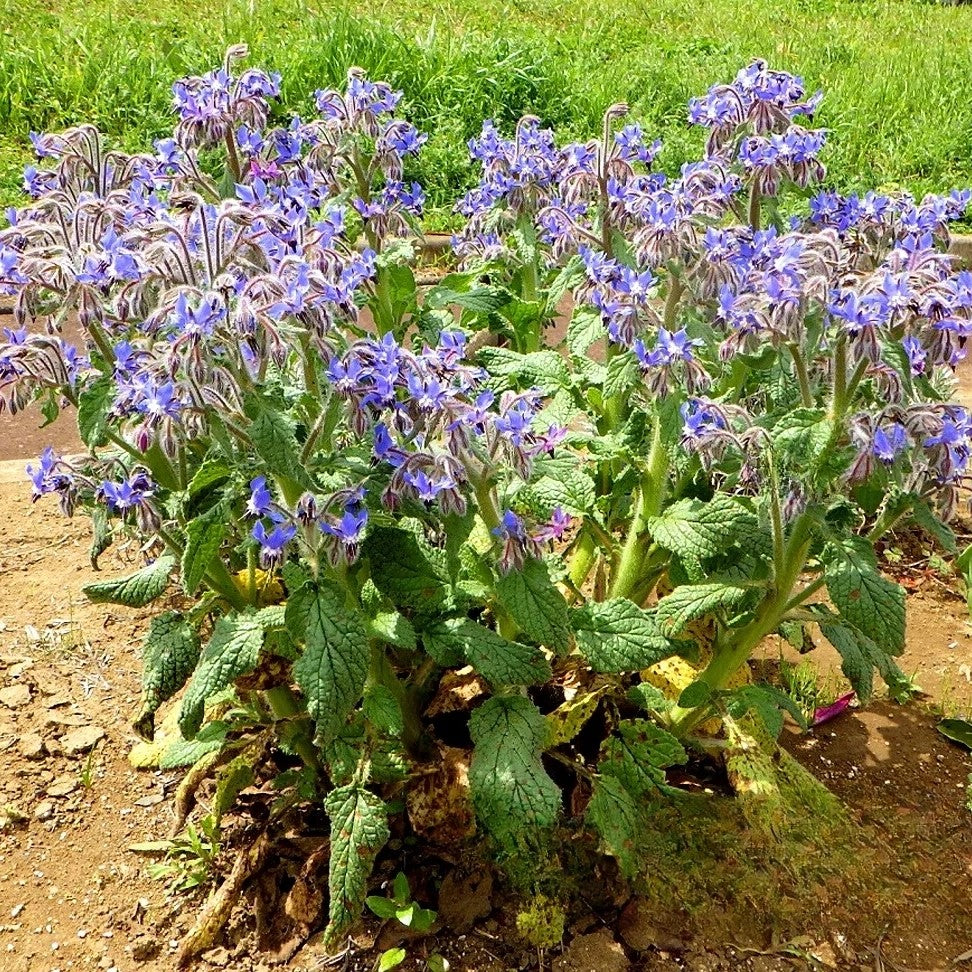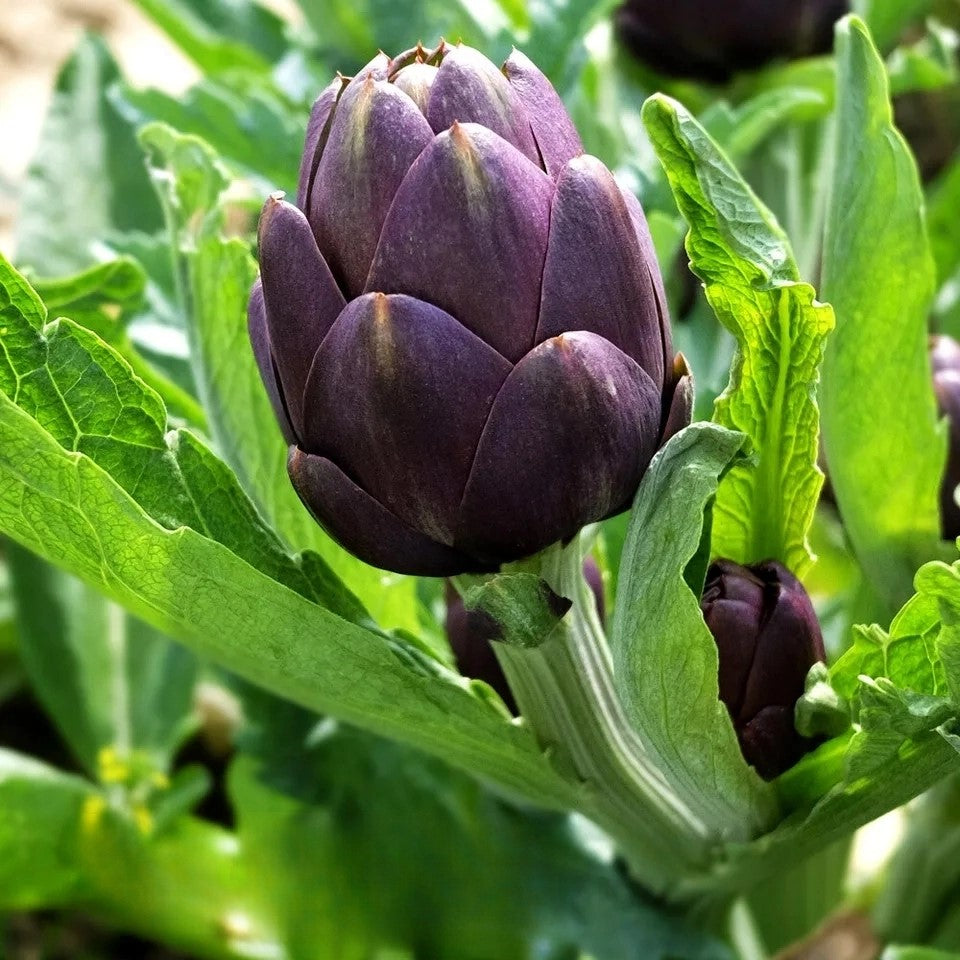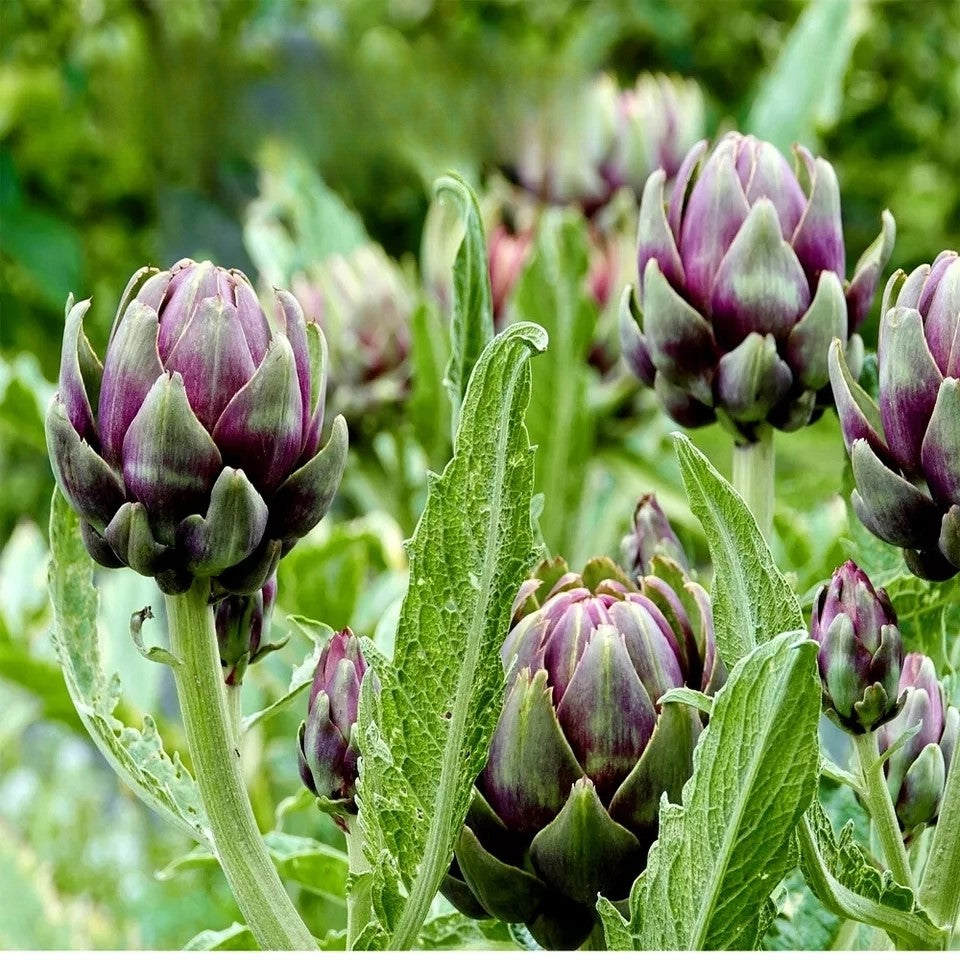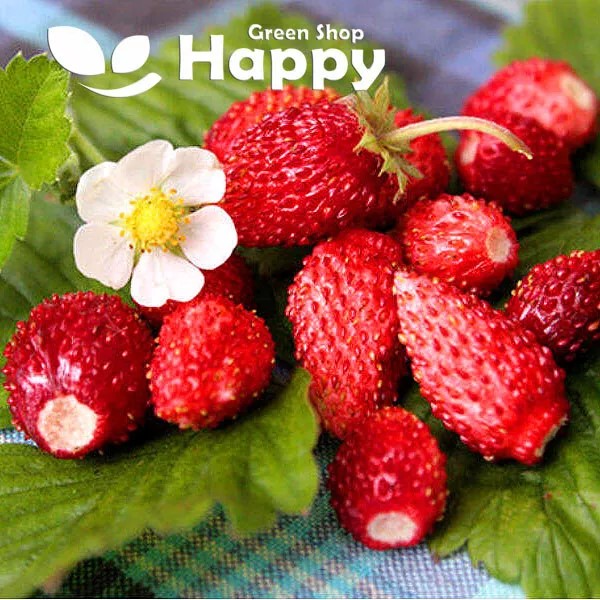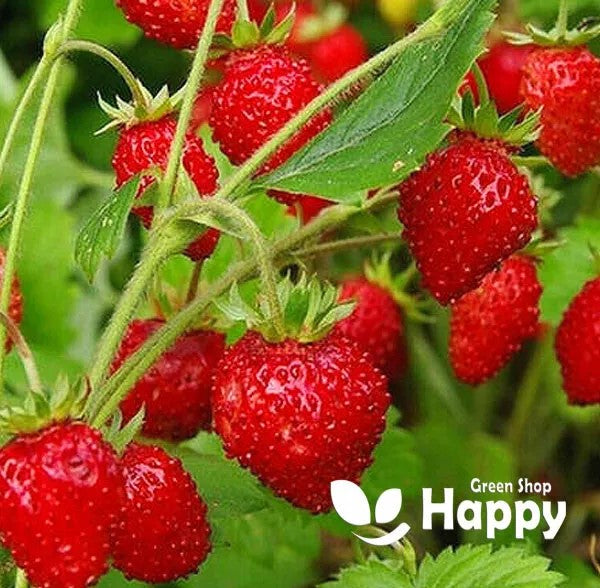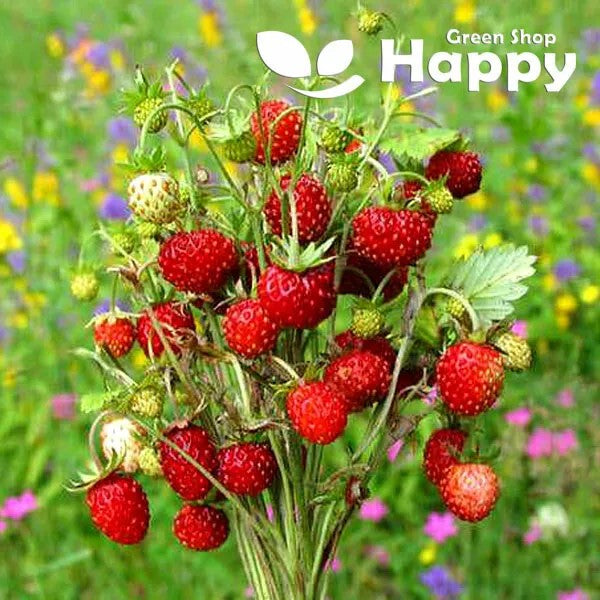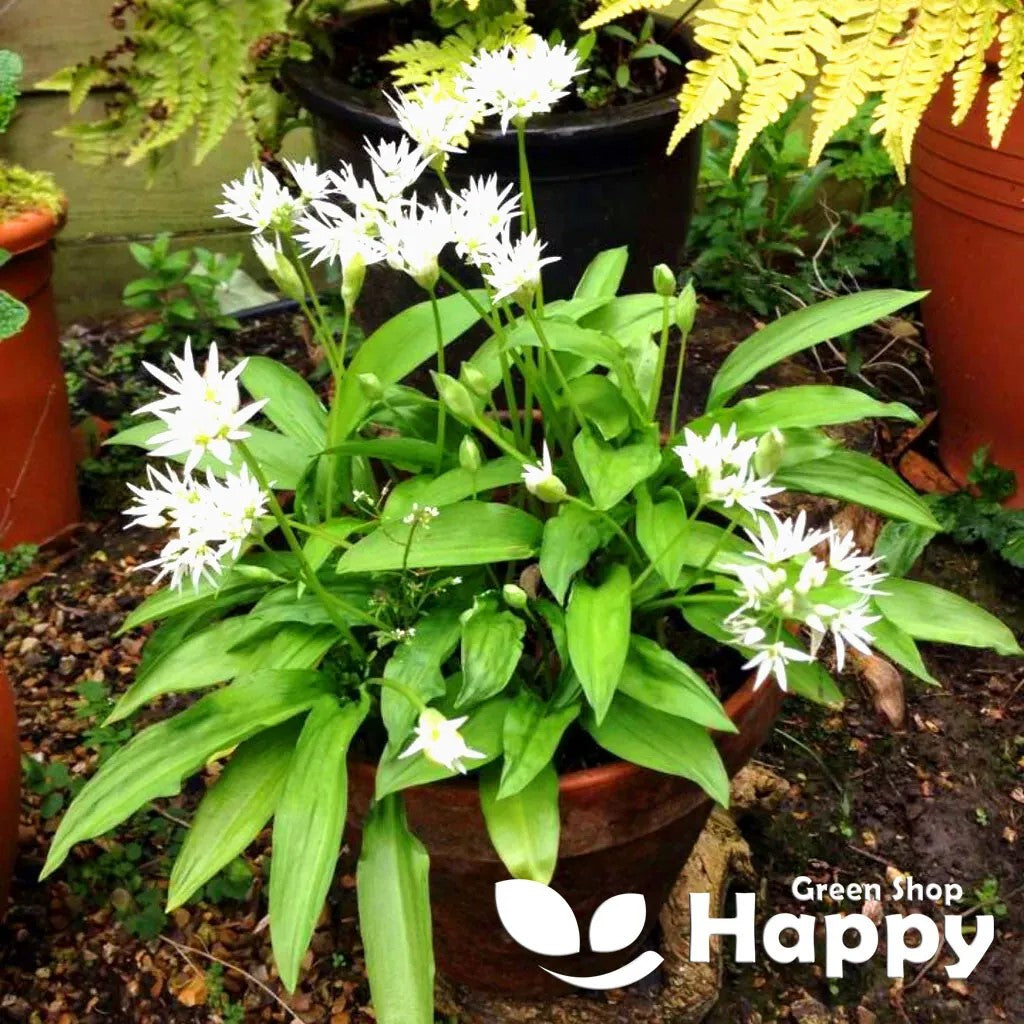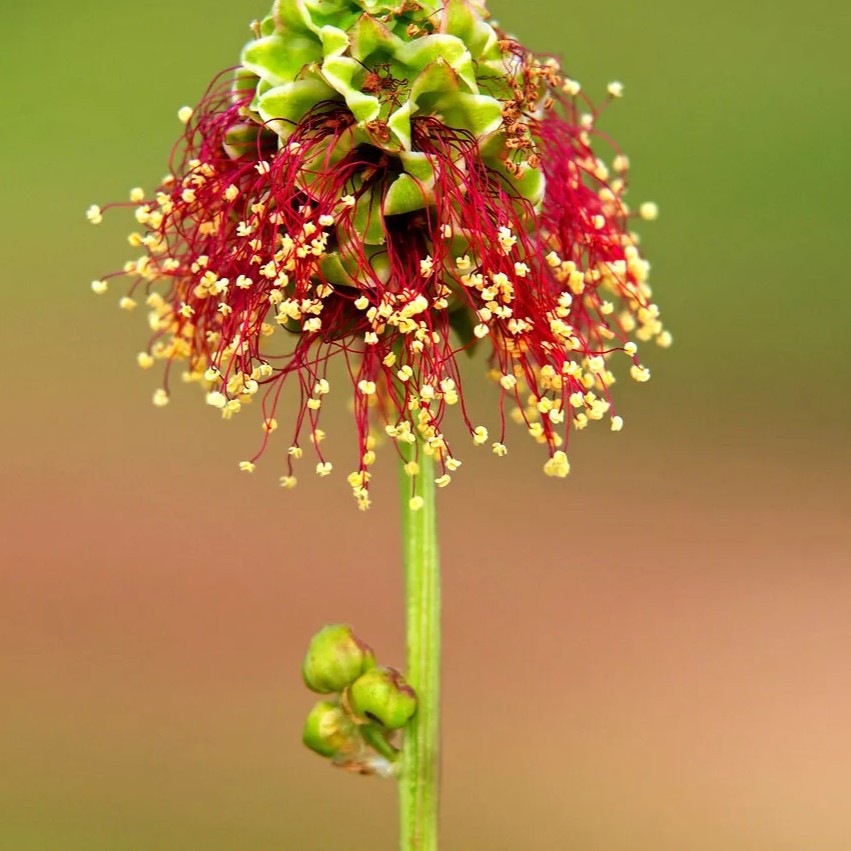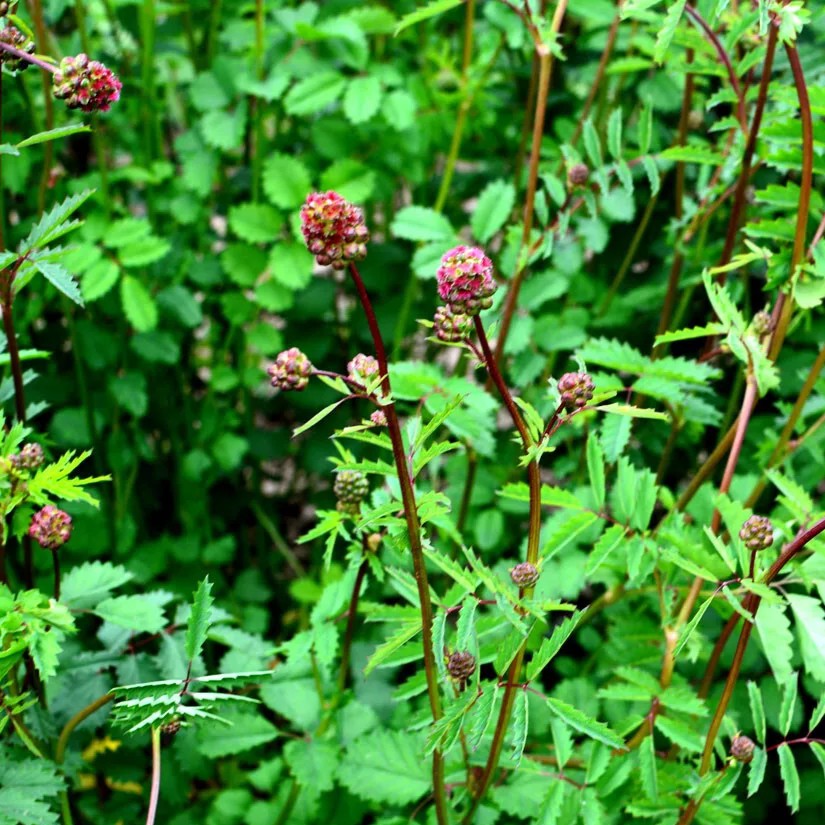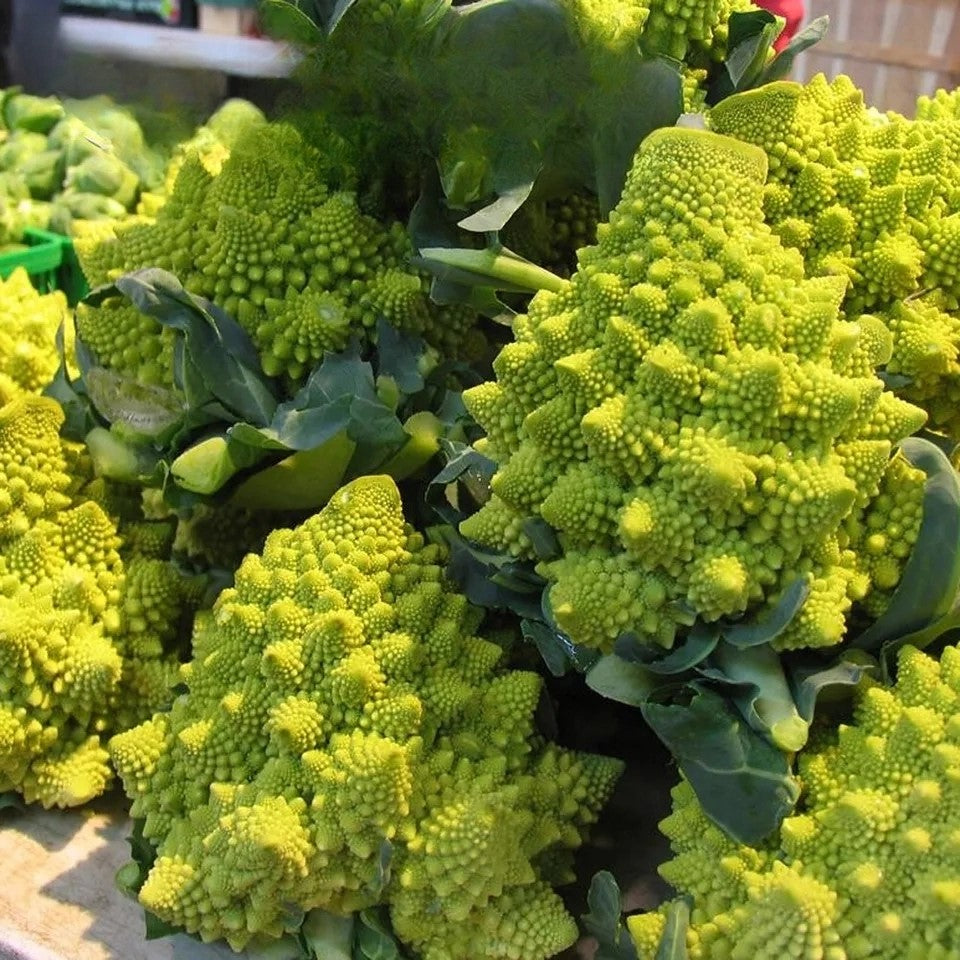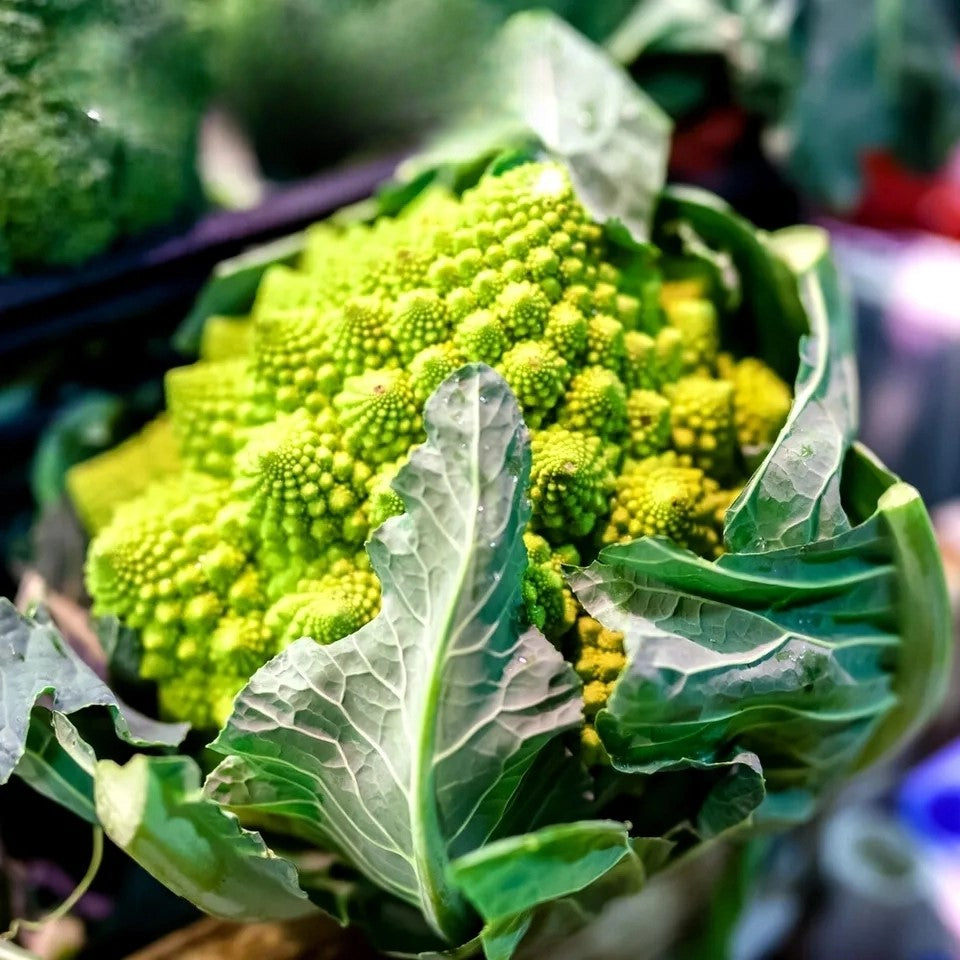Sort by:
693 products
693 products
Sweet Pepper 'Aphrodite' – Seeds (Capsicum annuum)
The Sweet Pepper 'Aphrodite' is a vibrant and productive variety producing large, glossy fruits with a crisp texture and sweet, mild flavor. Ideal for fresh eating, stuffing, roasting, or adding to salads, this pepper is a versatile addition to any garden.
With strong, compact plants, 'Aphrodite' is easy to grow and provides a reliable harvest throughout the season. Its attractive, colorful fruits also make it a beautiful ornamental addition to vegetable beds or containers.
How to Grow
-
Sow indoors: February – March
-
Transplant outdoors: After last frost, spacing 40–50 cm apart
-
Position: Full sun
-
Soil: Fertile, well-drained soil enriched with compost
-
Care: Keep soil evenly moist; stake if necessary for heavier fruits
Key Features
-
Large, glossy sweet peppers with crisp, mild flesh
-
High-yielding, reliable variety
-
Perfect for fresh eating, roasting, stuffing, and salads
-
Compact, vigorous plants suitable for garden beds or containers
-
Attractive ornamental value with vibrant fruits
Harvest
-
Harvesting period: 70–90 days after sowing
-
Pick when fully colored for the sweetest flavor and maximum crunch.
Short Tip
Harvest peppers regularly when fully ripe to encourage continued fruiting and maintain plant health.
Borage – Seeds
(Borago officinalis) – Edible Flowers & Pollinator Magnet
Borage, also known as the starflower, is a fast-growing annual herb admired for its vivid blue, star-shaped flowers and fuzzy, cucumber-flavored leaves. A favorite of bees, butterflies, and other pollinators, it makes an excellent addition to herb gardens, vegetable patches, or pollinator-friendly borders. Both flowers and young leaves are edible – perfect for garnishing salads, desserts, drinks, or freezing into ice cubes.
Key Features
-
Plant type: Annual herb
-
Height: 50–70 cm
-
Spread: 30–40 cm
-
Flowers: Bright blue, star-shaped
-
Foliage: Grey-green, hairy leaves with cucumber flavor
-
Position: Full sun to light shade
-
Soil: Moderately fertile, well-drained
Ideal For
-
Herb & cottage gardens
-
Attracting pollinators (especially bees)
-
Edible flowers & herbal teas
-
Companion planting with tomatoes, strawberries, and courgettes
Sowing & Growing
-
Sow outdoors: April–June, direct in soil, 1 cm deep.
-
Germination: 7–14 days.
-
Spacing: Thin to 30 cm apart.
-
Flowering: June–September.
Care Tips
-
Easy to grow and self-seeding – will naturalize readily.
-
Pinch back growing tips for bushier plants.
-
Collect flowers regularly to encourage continuous blooming.
-
Water in dry spells but avoid overwatering.
Artichoke ‘Violet de Provence’ – Seeds
(Cynara cardunculus) – Perennial Globe Artichoke
The ‘Violet de Provence’ is a classic French heirloom artichoke renowned for its beautiful purple-tinged flower heads and gourmet flavor. This perennial vegetable produces compact, tender buds that can be harvested young as a delicacy or left to bloom into striking thistle-like flowers for the pollinators. Hardy and long-lived, it is both ornamental and productive, making it a superb choice for kitchen gardens and edible landscapes.
Key Features
-
Type: Perennial vegetable
-
Heads: Purple-tinged, compact, tender
-
Flavor: Rich, nutty, gourmet quality
-
Height: 120–150 cm
-
Position: Full sun, sheltered spot
-
Soil: Deep, fertile, well-drained
Ideal For
-
Gourmet vegetable gardens
-
Edible landscaping and ornamental borders
-
Cutting gardens (flowers can be dried)
-
Mediterranean-style gardening
Sowing & Growing
-
Sow indoors: February–April, in pots or trays.
-
Plant out: May, after the last frost, spacing 90–100 cm apart.
-
Harvest: From the second year, June–August.
Care Tips
-
Mulch well to retain soil moisture.
-
Remove side shoots for larger main heads.
-
Protect crowns in winter with straw or fleece in colder climates.
Alpine Strawberry "Four Season" – Seeds (Fragaria vesca) Heirloom
The Alpine Strawberry "Four Season" is a traditional heirloom variety renowned for its sweet, aromatic fruits and continuous harvest. Unlike common strawberries, this variety is grown from seed and produces small, intensely flavored berries from early summer until the first frosts.
Compact and hardy, it’s perfect for garden beds, borders, containers, or even hanging baskets. The plant is perennial, returning year after year with delicious fruit. Its small red berries are highly fragrant and make an excellent treat fresh from the garden, or can be used in jams, desserts, and baking.
How to Grow
-
Sow indoors: February – April (surface sow, needs light to germinate)
-
Germination: 14–28 days at 18–22°C
-
Transplant: Harden off and plant out after last frost, spacing 25 cm apart
-
Position: Sunny or partial shade
-
Soil: Moist, fertile, well-drained soil
-
Watering: Keep soil evenly moist, especially in dry weather
Key Features
-
Heirloom variety – traditional, full of flavor
-
Perennial – produces fruit year after year
-
Bears fruit from summer until frost
-
Compact plants – ideal for pots, containers, and edging
-
Small, sweet, and highly aromatic berries
Harvest
-
Harvesting period: June – October (first year from summer if started early)
-
Pick berries regularly to encourage continuous fruiting.
Short Tip
Surface-sow seeds and do not cover – strawberry seeds need light to germinate. Patience is rewarded with continuous fruiting plants.
Ramsons Wild Garlic – Seeds (Allium ursinum)
Ramsons Wild Garlic is a hardy perennial herb prized for its aromatic, garlicky leaves. Perfect for adding fresh, vibrant flavor to salads, pestos, soups, and sauces, it is a versatile addition to any herb or woodland garden. Its delicate white flowers also provide ornamental interest and attract pollinators.
This low-maintenance plant thrives in shaded, moist areas and can naturalize over time, creating a fragrant ground cover in suitable conditions.
How to Grow
-
Sow indoors: January – March
-
Sow outdoors: March – May
-
Depth: 0.5–1 cm
-
Spacing: 20–25 cm between plants
-
Position: Partial to full shade, woodland-type environment
-
Soil: Moist, fertile, well-drained
-
Watering: Keep soil consistently moist, especially during dry spells
Key Features
-
Hardy perennial with aromatic, garlicky leaves
-
Ideal for salads, pestos, soups, and sauces
-
Attractive white flowers that attract pollinators
-
Low-maintenance, naturalizes well in shaded areas
-
Thrives in moist, fertile, well-drained soils
Harvest
-
Harvesting period: March – May
-
Pick young leaves before flowering for the best flavor.
Short Tip
Avoid harvesting all leaves at once; leave some for continued growth and flowering.
Tomato 'Tigerella' – Seeds (Solanum lycopersicum)
Tomato 'Tigerella' is a striking heirloom variety, known for its vibrant red fruits streaked with golden yellow stripes. The small to medium-sized fruits are juicy, sweet, and slightly tangy, perfect for fresh salads, sandwiches, or roasting.
This variety is vigorous and reliable, producing an abundance of attractive fruits throughout the summer. Ideal for home gardens, patios, or greenhouse cultivation.
How to Grow
-
Sow indoors: February – April
-
Transplant outdoors: May – June, after last frost
-
Depth: 0.5–1 cm
-
Spacing: 40–50 cm between plants, rows 60–80 cm apart
-
Support: Staking or cages recommended
-
Position: Full sun
-
Soil: Fertile, well-drained, rich in organic matter
-
Watering: Keep soil consistently moist, avoid waterlogging
Key Features
-
Heirloom variety with striking red and yellow striped fruits
-
Small to medium-sized, juicy, and sweet-tangy flavor
-
High-yielding and vigorous growth
-
Ideal for fresh eating, salads, and roasting
-
Suitable for home gardens, patios, or greenhouses
Harvest
-
Harvesting period: July – September
-
Pick fruits when fully colored and firm for the best flavor.
Short Tip
Support plants with stakes or cages to keep fruits off the ground and maintain shape.
Salad Burnet – Seeds (Sanguisorba minor)
Salad Burnet is a hardy perennial herb known for its fresh, cucumber-like flavor. Its delicate, serrated leaves are perfect for adding to salads, dips, sauces, and refreshing summer drinks. An attractive, low-maintenance plant, it also makes a lovely edging herb for the garden.
This herb is drought-tolerant once established and can be harvested repeatedly throughout the growing season. A traditional herb with both culinary and ornamental value.
How to Grow
-
Sow indoors: March – April
-
Sow outdoors: April – June
-
Depth: 0.5 cm, lightly cover
-
Spacing: 25–30 cm between plants
-
Position: Full sun to partial shade
-
Soil: Well-drained, light to medium soil
-
Watering: Moderate; drought tolerant once mature
Key Features
-
Perennial herb with cucumber-like flavor
-
Ideal for salads, sauces, and refreshing drinks
-
Hardy, drought-tolerant, and low maintenance
-
Attractive edging plant for herb gardens
-
Repeated harvests throughout summer
Harvest
-
Harvesting period: May – October
-
Pick young, fresh leaves regularly for the best flavor.
Short Tip
Snip leaves just before use, as their delicate flavor is best enjoyed fresh.
German Chamomile – Seeds (Matricaria recutita)
Bring calm and fragrance to your garden with German Chamomile, a charming annual herb prized for its daisy-like white flowers and soothing aroma. Traditionally used for herbal teas and natural remedies, this variety is easy to grow, highly productive, and also attracts pollinators to your garden. A perfect choice for herb beds, borders, and pots.
How to Grow
. Sow indoors from February to April, lightly pressing seeds onto the surface of moist compost – do not cover as they need light to germinate
. Transplant seedlings outdoors after the last frost, spacing 20–25 cm apart
. Alternatively, sow outdoors directly in April to May in well-drained soil
. Prefers a sunny position with average to light soil
. Water sparingly, as chamomile thrives in slightly dry conditions
Key Features
. Delicate white blooms with yellow centers
. Traditional herb for calming teas and remedies
. Attracts bees, butterflies, and beneficial insects
. Easy to grow, tolerant of poor soils
. Ideal for borders, herb gardens, and containers
Ideal For
. Herbal tea lovers and home remedies
. Pollinator-friendly gardens
. Cottage gardens and borders
. Container growing
Sowing & Harvest
. Sow: February – May
. Harvest: June – September
Quick Tip
Harvest flowers on warm, dry days and dry them for homemade chamomile tea with the best flavor and aroma.
Cauliflower 'Romanesco Natalino' – Seeds (Brassica oleracea)
Cauliflower ‘Romanesco Natalino’ is an extraordinary Italian heirloom, admired for its striking spiral, lime-green heads with a unique fractal pattern. More than just a showpiece, this variety is nutritious, delicious, and versatile – offering a slightly nutty, delicate flavor that works well roasted, steamed, or enjoyed raw in salads. Highly ornamental yet productive, it’s a standout addition to any vegetable garden.
How to Grow
-
Sow indoors: February – May in seed trays or pots.
-
Sow outdoors: May – June, directly into well-prepared soil.
-
Transplant: Harden off young plants and set them 60 cm apart in fertile ground.
-
Position: Full sun, rich, firm soil with good drainage.
-
Care: Keep soil consistently moist and protect young plants from pests.
Key Features
-
Stunning lime-green spiral florets
-
Mild, nutty flavor – more delicate than standard cauliflower
-
Traditional Italian variety
-
Attractive and productive crop
Ideal For
-
Kitchen gardens and allotments
-
Chefs and home cooks looking for something unique
-
Roasting, steaming, or eating raw
-
Eye-catching centerpiece in vegetable beds
Sowing & Harvest
-
Sow: February – June
-
Harvest: September – November
Quick Tip
For the best curds, ensure consistent watering and feed with a high-potassium fertiliser as heads develop.
Showing 45/693





